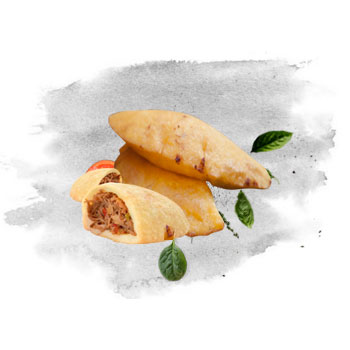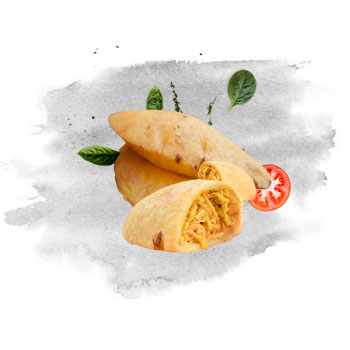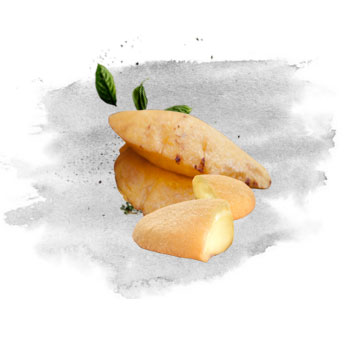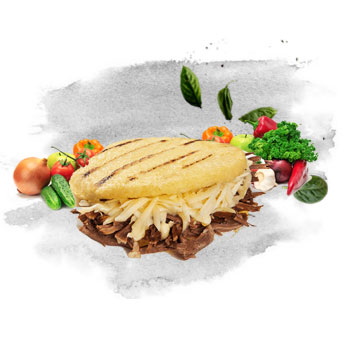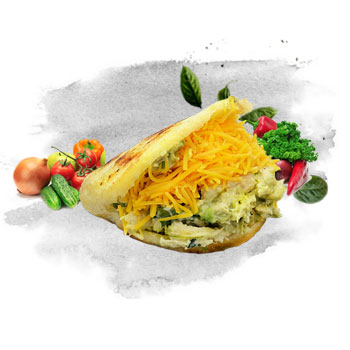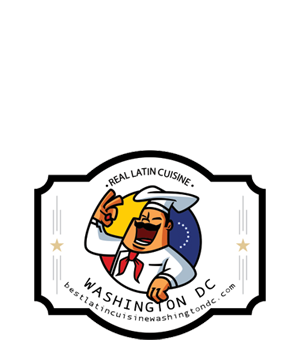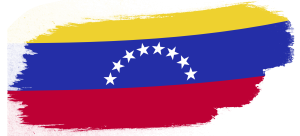
Venezuela
Venezuelan cuisine is a melting pot of various cultural influences, including European (Italian, Spanish, Portuguese, and French), West African, and indigenous traditions. These diverse elements come together to create a unique and flavorful culinary experience. Depending on the region, Venezuelan cuisine can vary significantly. In the Andean region, for example, dishes are often hearty and warming, featuring ingredients like potatoes and meat.
Coastal regions, on the other hand, tend to favor seafood in their cuisine. Regardless of the region, however, there are certain staples that are found throughout Venezuelan cuisine. Corn, for instance, is a widely used ingredient, appearing in dishes like arepas and cachapas. Rice is another staple, often served alongside beans, plantains, and yams. The meat in Venezuelan cuisine is also varied and flavorful, with dishes featuring beef, chicken, pork, and even game meats like rabbit and deer.
ORIGINAL Grandmas’s Arepas RECIPE
The origins of corn cakes, known as arepas, can be traced back to the pre-Columbian era during the Spanish conquest. Indigenous groups throughout the Americas harvested corn and used it to create various dishes, believing it to be a gift from the gods. Arepas specifically became a staple food in many South American countries, such as Colombia, Venezuela, and Ecuador.
In Colombia alone, there are over 40 different types of corn cakes, each with its own unique flavor and texture. Some are made with white corn, while others use yellow corn. Some are stuffed with cheese or meat, while others are served plain. Additionally, the toppings and sauces used to accompany arepas vary widely, depending on the region and personal preference.
Today, arepas are enjoyed not only in South America, but also in many parts of the world. They have become popular street food items, and are even served at high-end restaurants. Despite their ancient origins, arepas continue to evolve and adapt to modern tastes and trends.

